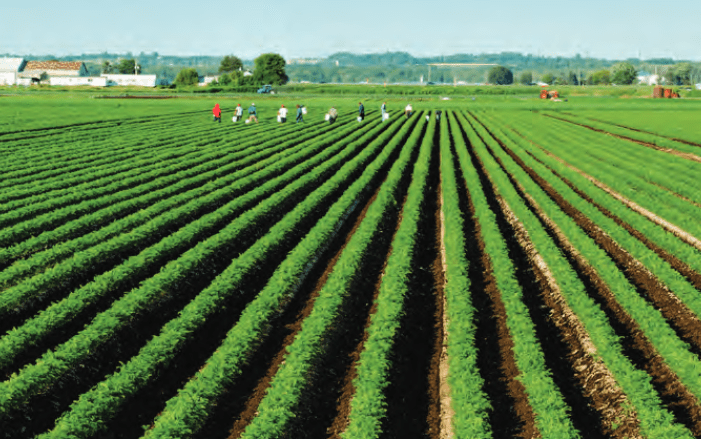The downward trend in agricultural commodity and food prices implies that there is greater scope for improving access to food by increasing incomes than by reducing prices.
At the same time, according to a report by the OECD and FAO, trade can improve the incomes of both importers, who pay lower prices than in the absence of trade, and exporters, who receive higher prices than in the absence of trade.
Agricultural products are those that come from agricultural activity, which is the production of food, fiber, forest products and other crops by cultivating the soil.
In the first half of 2023, the value of world trade in agricultural products grew at a year-on-year rate of 1 percent.
For a country, trade also allows better access to markets in other countries and promotes exports of agricultural products to those markets, thereby creating and expanding employment opportunities and increasing farmers’ incomes.
The income effect of trade on economic access to food can be substantial: higher incomes are brought about by economic growth, and changing relative prices inevitably affect food consumption.
But many practitioners question this conventional wisdom about the effects of trade openness on growth and productivity.
The gains from trade are asymmetrically distributed.
Agricultural commodity
Trade openness affects the prices of goods and the prices of factors of production, including labor, and thus can generate winners and losers.
In agriculture, a major concern has to do with the ability of small farmers in developing countries to compete effectively in open markets.
According to the OECD/FAO report, a recent analysis of the impacts of tariff elimination on agricultural products in 54 low- and middle-income countries pointed to increases in both income and inequality.
On average, agricultural trade liberalization would increase household incomes.
At the same time, the elimination of import tariffs was found to have very heterogeneous impacts across countries and, within countries, across households.
In most countries, the top 20% of richest households would gain more from liberalization than the bottom 20%, thus exacerbating inequality.

